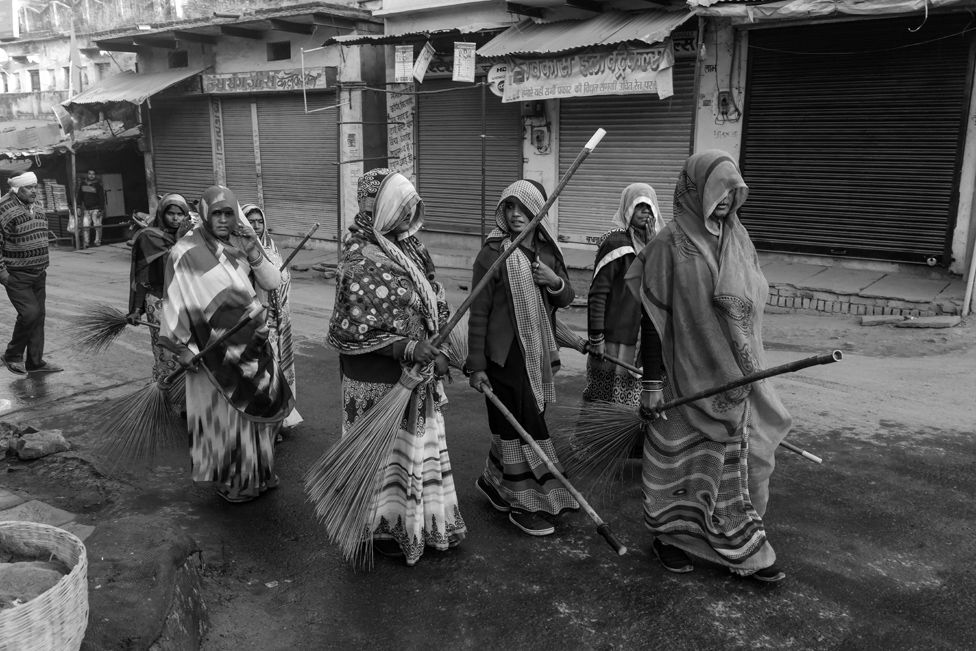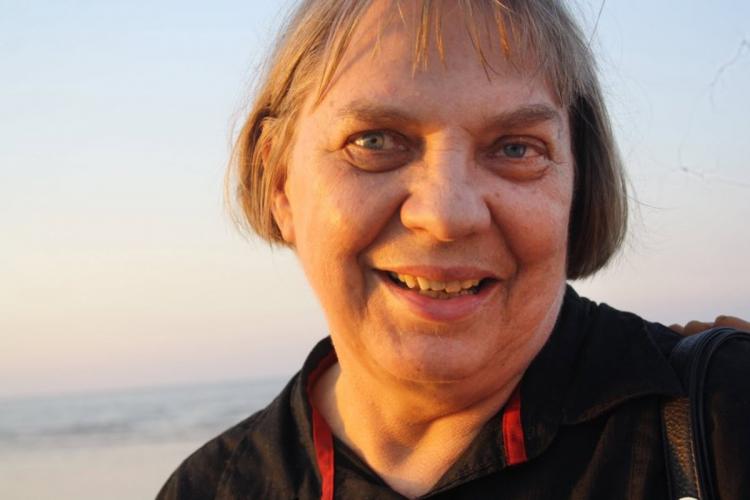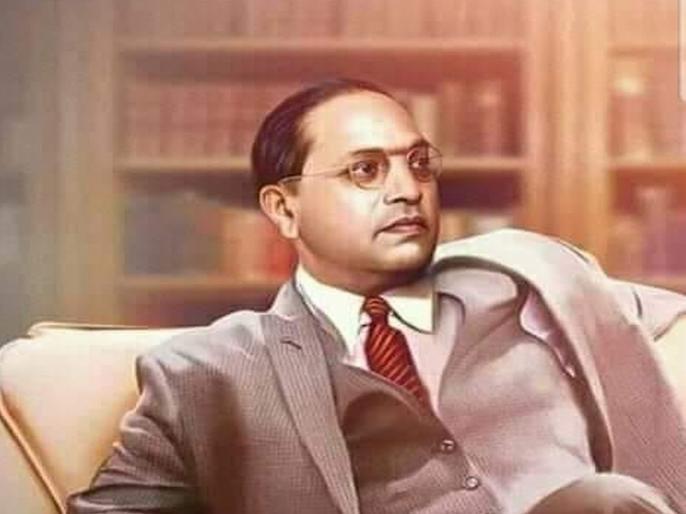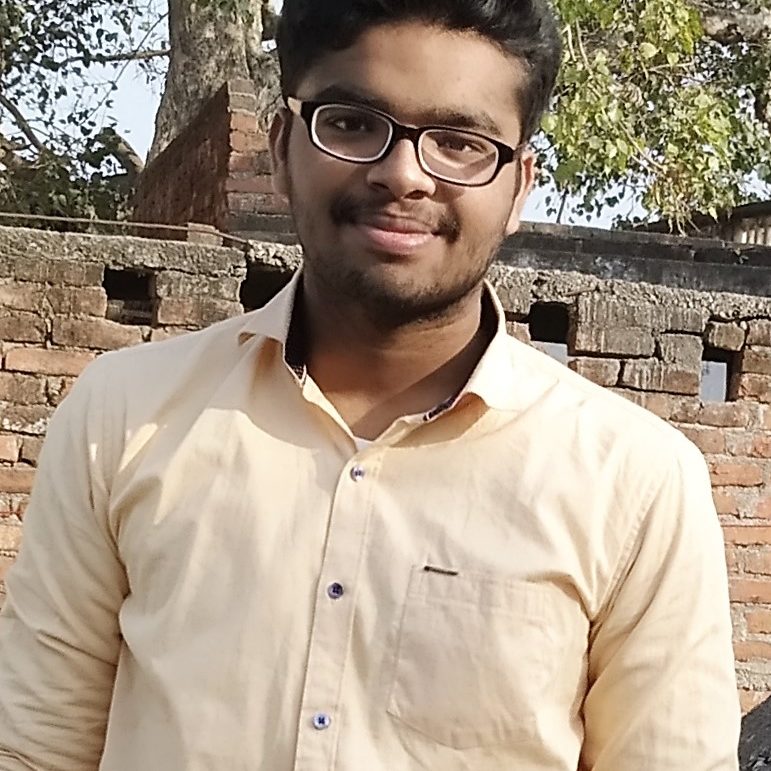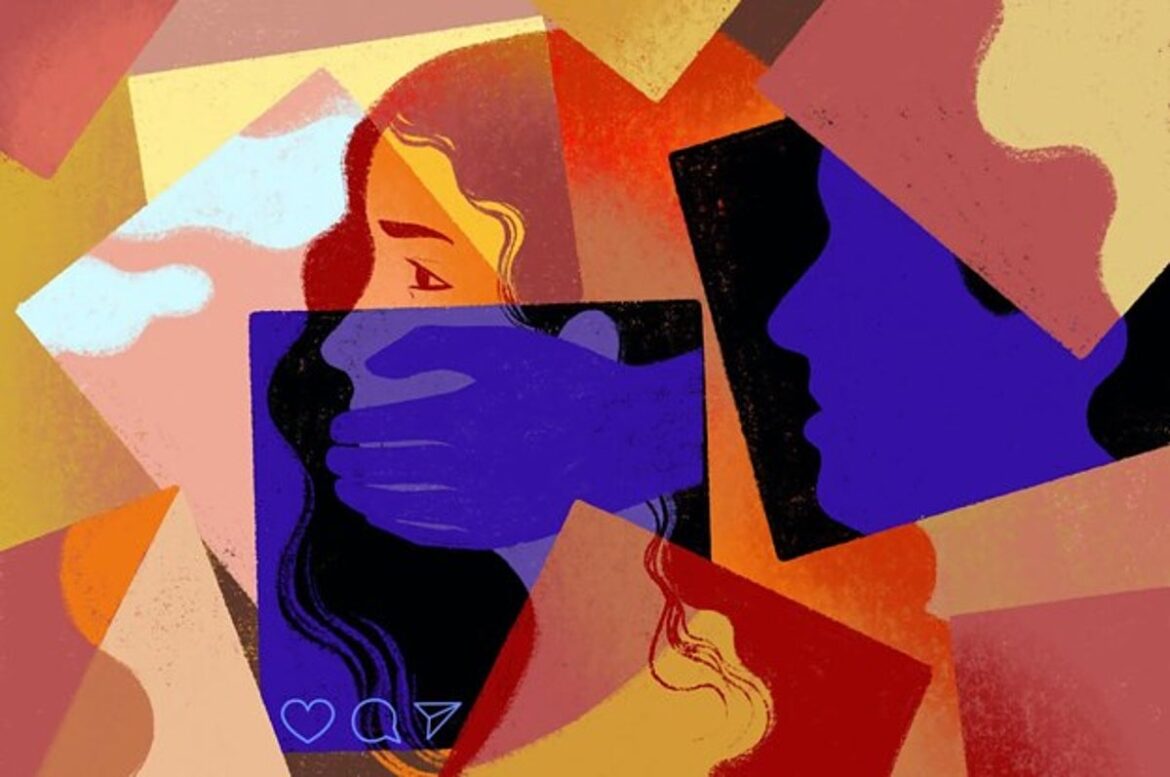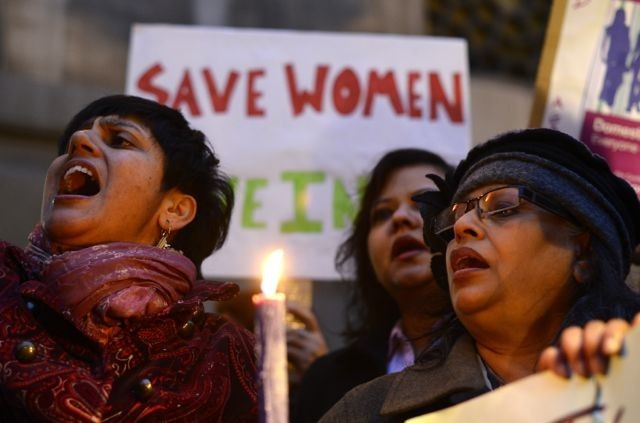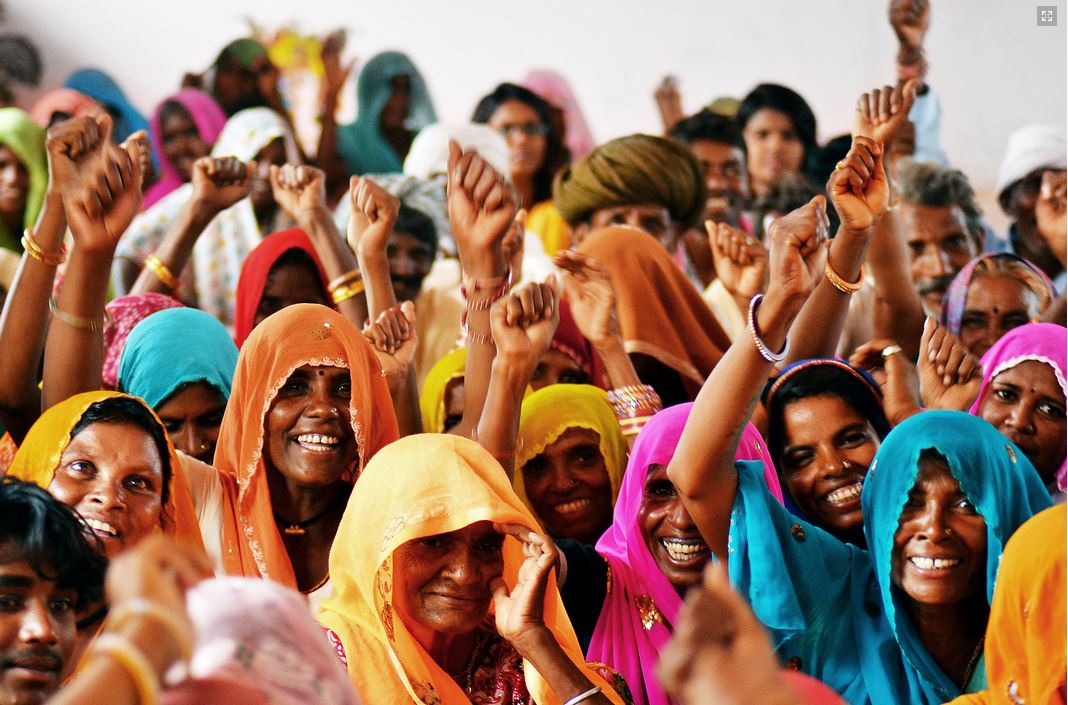राजेश ओ.पी.सिंह
एक अध्ययन के मुताबिक कूड़ा बीनने वालों में 80 फीसदी संख्या महिलाओं की है और ये सब महिलाएं दलित समुदाय से सम्बन्ध रखती है, जैसे कहा जाता है कि सारे दलित तो सफाई कर्मचारी नहीं है परन्तु सभी सफाई कर्मचारी दलित ही है। भारत में कोई महिला या पुरुष अपने काम की वजह से सफाई कर्मचारी नहीं है बल्कि वह अपने जन्म के कारण सफाई कर्मचारी है, भले ही वह ये काम करना चाहती/चाहता हो या नहीं । यहां यह सब जाति और पितृसत्तात्मक सोच के कारण है।
आधुनिकता व तकनीक से परे कूड़ा बीनना आज भी देश का सबसे कम वेतन वाला और सबसे ख़तरनाक काम है, जिसमे लगभग 600 सफाई कर्मचारी प्रतिवर्ष मृत्यु को प्राप्त होते हैं।
सफाई करने वाली महिलाओं में लगभग 39 – 41 फीसदी वो महिलाएं हैं जिनके पति सफाई करते समय मर गए, उनके देहांत के बाद इन्हें अपने पति के स्थान पर बड़ी मुश्किलों से ये नौकरी मिली हैं । इन महिलाओं में केवल 0.03 फीसदी महिलाओं ने ही 10वीं तक की पढ़ाई की है। जब इन्हें नौकरी पर रखा जाता है तो क्या नियम व शर्तें होएंगी इसके बारे में इन्हें अनपढ़ता की वजह से कुछ भी जानकारी नहीं दी जाती और इससे इन महिला सफाई कर्मचारियों से कम वेतन पर ज्यादा घंटे काम करवाया जाता है। जिसका इनके स्वास्थ्य और परिवार पर प्रतिकूल प्रभाव पड़ता है।
सफाई करने वाली महिलाओं का जीवन विभिन्न चुनौतियों को एक साथ झेलता हुआ चलता है, सबसे पहले इन महिलाओं को नौकरी करने के साथ साथ अपने घर के सारे काम करने पड़ते है वहीं दूसरी तरफ घर की आजीविका भी इन्हे ही चलानी होती है,और बच्चों को पालना ,उनका ध्यना रखना ये सब कार्य भी इन्हे करने पड़ते हैं। क्यूंकि अधिकतर महिलाओं के पति या तो मर चुके होते हैं या फिर जो जीवित होते हैं उनमें से लगभग सभी के सभी अपनी कमाई का 65-70 फीसदी हिस्सा शराब व अन्य नशों में खर्च कर देते हैं ,इसलिए परिवार की सारी जिम्मेदारियां महिलाओं पर ही रहती है।
इंडियन एक्सप्रेस की रिपोर्ट के मुताबिक कोरोना काल में दिल्ली नगर निगम में मरने वाले कुल 94 कर्मचारियों में आधे से ज्यादा संख्या (49) सफाई कर्मचारियों की है। अब इन परिवारों में सारी जिम्मेवारियां घर की महिलाओं पर आ गई है अब या तो इस काम को वो खुद करेगी या फिर उनके बच्चे। यदि वो खुद करना शुरू कर देती है तो निश्चित रूप से बच्चों पर ध्यान देना उनके लिए बहुत मुश्किल होगा, इस से बच्चों का पढ़ाई छोड़ना और अन्य कार्यों में संलिप्त होने की सम्भावना ज्यादा है या यदि बच्चे अपने पिता के बाद सफाई का काम शुरू करते है तो निश्चित रूप से उनकी पढ़ाई रुक जाएगी। ये व्यवस्था बहुत लंबे समय से चली आ रही है, अब इसमें सुधार होना चाहिए क्योंकि बिना किसी सुधार के इनकी आने वाली पीढ़ियां भी अनपढ़ रह कर इसी काम में संलिप्त रहेगी। हालांकि सरकार ने कोरोना में मरने वाले इन सफाई कर्मचारियों के परिवार को एक एक करोड़ रुपए और एक नौकरी देने का वादा किया है परन्तु ये अभी एक दो लोगों को ही मिला है।
अब प्रश्न ये उठता है कि इतनी बड़ी संख्या में सफाई कर्मचारियों कि आकस्मिक मृत्यु क्यों हुई? इसके पीछे सबसे महत्वपूर्ण कारण ये है कि कोरोना के समय में जब हम सब लोग घरों में बैठे थे, तब इन सफाई कर्मचारियों को अपना जीवन दांव पर लगाकर प्रतिदिन सफाई करने के लिए घरों से निकलना पड़ रहा था, वहीं 93 फीसदी सफाई कर्मचारियों ने माना कि सरकार की तरफ से उन्हें ना तो मास्क मिले, ना सेनेटाइजर और ना ही पीपीई किट। प्रोटेक्शन के बिना कार्य करते हुए कोरोना संक्रमण ने इन्हे अपनी चपेट में ले लिया जिस से बड़ी संख्या में इन्हे अपने जीवन से हाथ धोना पड़ा है।
टाटा इंस्टीट्यूट ऑफ सोशल साइंस ने एक रिपोर्ट में दावा किया है कि सामान्य तौर पर एक सफाई कर्मचारी की मृत्यु 60 वर्ष की उम्र से पहले ही हो जाती है, अर्थात सफाई कर्मचारियों कि औसत उम्र 60 वर्ष से कम है। इसके पीछे मुख्य कारण ये है कि सफाई के क्षेत्र में आधुनिकता के समय में भी तकनीकों का अभाव है और इसके साथ साथ सफाई कर्मचारी को अपने पूरे जीवन गंदी हवा में सांस लेना पड़ता है, ऐसे क्षेत्र जहां से आम महिला या पुरुष गुजरे तो भी उन्हें अपनी नाक बंद करनी पड़ती है, परंतु उस बदबूदार जगह पर इन सफाई कर्मचारियों का जीवन गुजरता है। गन्दी हवा में सांस लेने से इन्हे सांस के अनेकों बीमारियों से संक्रमित होना पड़ता है। इसके साथ साथ हमने पाया है कि प्रत्येक शहर या गांव के किसी कोने में इन लोगों को झुगी झोंपड़ियों में अपना जीवन व्यतीत करना पड़ता है, जहां पर ना तो पानी की व्यवस्था होती है, ना बिजली की और ना ही शौचालयों की। गन्दा पानी पीने से इन्हे फेफड़ों और पथरी की समस्या से जूझना पड़ता है। शौचालय ना होने कि वजह से इन्हें घंटो घंटो तक प्राकृतिक दवाब की रोकना पड़ता है, जिस से पेट की बीमारियों का खतरा निरन्तर बना रहता है। इन कर्मचारियों में महिलाओं की स्थिति और भी ज्यादा नाज़ुक है ,क्यूंकि इन्हे ज्यादा कार्य करने की वजह से व सही खान पान ना होने से और काम उम्र में शादी और मां बन जाने से इनके शरीर में कमजोरी रहती है, जिस से ये बहुत कम उम्र में ही बूढ़ी और असहाय दिखने लगती है।
जिन महिलाओं के पति नहीं है उन्हें अपने दिन के लगभग 16 से 18 घंटे कार्य करना पड़ता है। एक सफाई कर्मी महिला सुबह 5 बजे उठ कर खाना बना कर काम पर निकल जाती है जहां सात बजे से दस बजे तक सफाई करने के बाद 10.30 बजे तक घर पहुंचती हैं इसके बाद घर की सफाई, कपड़े धोना, दोपहर का खाना, नहाना आदि में उन्हें 4 बज जाते हैं, इसके बाद कुछ शाम को भी सफाई करने जाती है तो उन्हें कम से वापिस आकर रात का खाना बनाने में 9 बज जाते है और 11 बजे तक सब काम निपटा कर सो पाती हैं, इस थकान भरे दिन में वे अपने बच्चों और खुद के स्वास्थ्य का बिल्कुल ध्यान नहीं रख पाती और उसका नुकसान उनकी पूरी पीढियों को भुगतना पड़ रहा है।
इसके लिए सरकार द्वारा कोई विशेष उपबंध और तकनीकों का प्रबन्ध करने की आवश्यकता है ताकि इन सफाई कर्मचारियों की स्थिति में सुधार आए और इनके बच्चे स्वस्थ रह सकें और उन्हें किसी मजबूरी में पढ़ाई ना छोड़नी पड़े।
Image Courtesy: BBC


